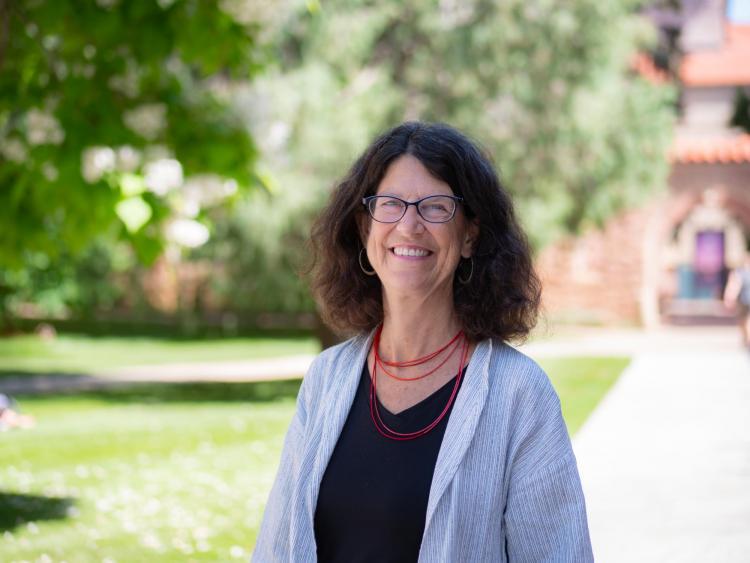Welcome to Voices, volume 4

This new school year has been different from any other I (and I suspect most of us) have experienced. Although the school year always signals new beginnings, this year there was a heightened sense of beginning again. We returned to campus as a school for the first time in nearly 18 months. While a few classes were held in person last year, it’s been refreshing to hear and see all our students and faculty in the halls of our beautiful new building.
Many of us have been focused on what we learned during our time away, when we primarily interacted with one another through video conferencing and phone calls. We want to use these learnings to imagine a new future that is shaped by what we are discovering during the pandemic and what we envision for our futures as we create new educational spaces and opportunities for students.
One way to move away from distrust is through freedom dreaming, imagining how we would want our institutions, our schools, our classrooms, our communities to look, feel and operate, and then envisioning the steps to reach that vision.”
Many of us have thought and written about the concept of freedom dreaming. I think of freedom dreaming as the opportunity to imagine new worlds and then work toward the world we want, shaped by freedom and possibility. In Robin D.G. Kelley’s book Freedom Dreams, he calls on us to imagine what we are fighting for, rather than what we are fighting against. Freedom dreaming is also conceived as a collaborative activity where communities work together to create shared visions and actions toward making those visions a reality. I encourage all of us to use this moment to freedom dream to reimagine our lives, our school and the possibilities for our new building.
I have used the concepts behind freedom dreaming in my work on distrust and educational change. One way to move away from distrust is through freedom dreaming, imagining how we would want our institutions, our schools, our classrooms, our communities to look, feel and operate, and then envisioning the steps to reach that vision. This may be a slow process; however, it allows us to move beyond the world we know.
In this issue of Voices, we invite you to dream with us—from Diana Bustamante- Aguilar’s classroom that foregrounds her students’ dreams to Stephanie Toliver’s work centering Black girls as heroes in literature and much more. I hope you’ll join us, and the people and programs featured in this issue, to imagine a more just future filled with possibility and hope.
Warmly,
Kathy Schultz, Dean and Professor

